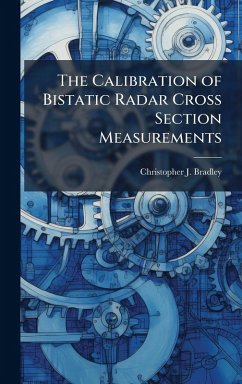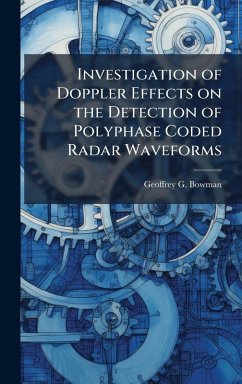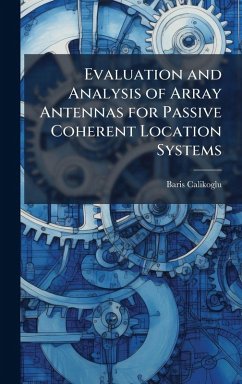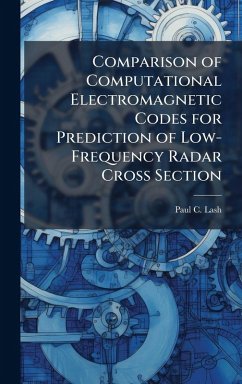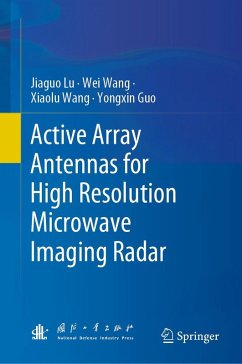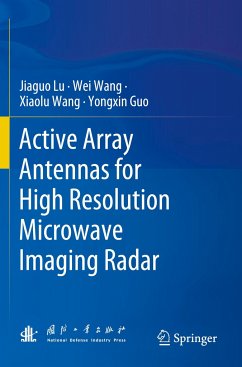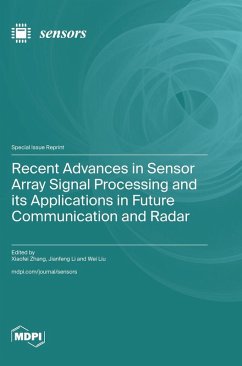
Frequency Diverse Array Radar
Versandkostenfrei!
Versandfertig in über 4 Wochen
30,99 €
inkl. MwSt.
Weitere Ausgaben:

PAYBACK Punkte
15 °P sammeln!
Radar systems provide an important remote sensing capability, and are crucial to the layered sensing vision; a concept of operation that aims to apply the right number of the right types of sensors, in the right places, at the right times for superior battle space situational awareness. The layered sensing vision poses a range of technical challenges, including radar, that are yet to be addressed. To address the radar-specific design challenges, the research community responded with waveform diversity; a relatively new field of study which aims reduce the cost of remote sensing while improving...
Radar systems provide an important remote sensing capability, and are crucial to the layered sensing vision; a concept of operation that aims to apply the right number of the right types of sensors, in the right places, at the right times for superior battle space situational awareness. The layered sensing vision poses a range of technical challenges, including radar, that are yet to be addressed. To address the radar-specific design challenges, the research community responded with waveform diversity; a relatively new field of study which aims reduce the cost of remote sensing while improving performance. Early work suggests that the frequency diverse array radar may be able to perform several remote sensing missions simultaneously without sacrificing performance. With few techniques available for modeling and characterizing the frequency diverse array, this research aims to specify, validate and characterize a waveform diverse signal model that can be used to model a variety of traditional and contemporary radar configurations, including frequency diverse array radars. To meet the aim of the research, a generalized radar array signal model is specified. A representative hardware system is built to generate the arbitrary radar signals, then the measured and simulated signals are compared to validate the model. Using the generalized model, expressions for the average transmit signal power, angular resolution, and the ambiguity function are also derived. The range, velocity and direction-of-arrival measurement accuracies for a set of signal configurations are evaluated to determine whether the configuration improves fundamental measurement accuracy. This work has been selected by scholars as being culturally important, and is part of the knowledge base of civilization as we know it. This work was reproduced from the original artifact, and remains as true to the original work as possible. Therefore, you will see the original copyright references, library stamps (as most of these works have been housed in our most important libraries around the world), and other notations in the work. This work is in the public domain in the United States of America, and possibly other nations. Within the United States, you may freely copy and distribute this work, as no entity (individual or corporate) has a copyright on the body of the work. As a reproduction of a historical artifact, this work may contain missing or blurred pages, poor pictures, errant marks, etc. Scholars believe, and we concur, that this work is important enough to be preserved, reproduced, and made generally available to the public. We appreciate your support of the preservation process, and thank you for being an important part of keeping this knowledge alive and relevant.




